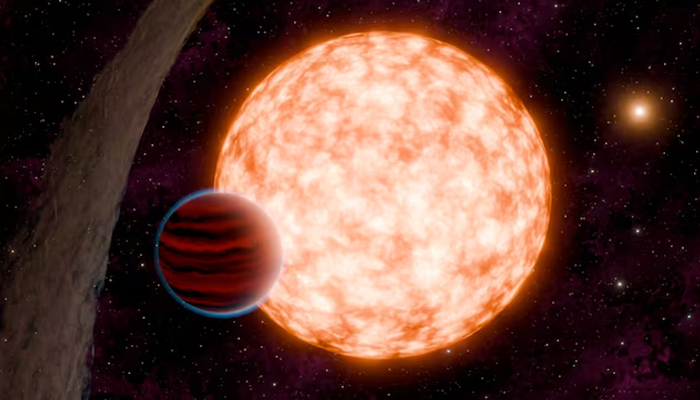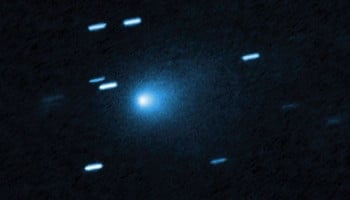
Astronomers have identified a unique type of planetary formation that challenges existing theories. This groundbreaking discovery involves a newly formed exoplanet orbiting a young star, created in just 3 million years—much faster than the previously understood timeline for planetary development.
Planet details and formation
The exoplanet, named IRAS 04125+2902 b and also referred to as TIDYE-1b, is estimated to have 10–20 times the mass of Earth. It orbits its star every 8.8 days at a distance just one-fifth that of Mercury from the Sun. The host star is surrounded by a protoplanetary disk, a dense accumulation of gas and dust that supplies essential elements for planet formation.
The planet is similar to Neptune in characteristics, with a diameter 11 times that of Earth and lower density. However, its precise chemical composition remains unknown.
Observations of the host star
The host star, currently encircled by the protoplanetary disk, is 70% the mass of our Sun and is located 520 light-years away from Earth. According to astronomers, the star is likely to evolve into an orange dwarf, a cooler and less luminous type of star.
Groundbreaking discovery
Madyson Barber, lead author of a study published in Nature and a graduate student in the Department of Physics and Astronomy at the University of North Carolina, said: “This discovery confirms that planets can take a cohesive form within 3 million years. Previously, this was uncertain, as Earth took 10 to 20 million years to form.”
Co-author and UNC astrophysicist Andrew Mann added: “Giant planets form faster than the protoplanetary disk dissipates because they require more gas to form. These disks typically take 5 to 10 million years to disperse.”
Detection method
The planet was detected using NASA's Transiting Exoplanet Survey Satellite (TESS). A noticeable dip in the star's brightness was observed when the planet passed in front of it—a phenomenon known as a transit.
This discovery not only pushes the boundaries of our understanding of planetary formation but also provides valuable insights into the rapid development of giant planets in young star systems.
















